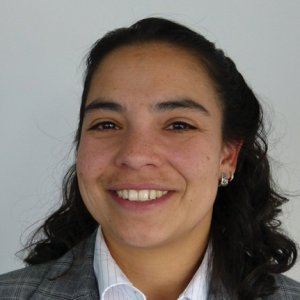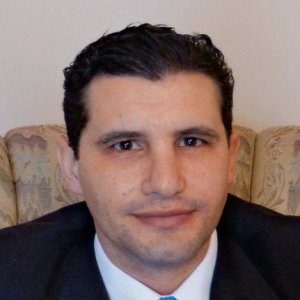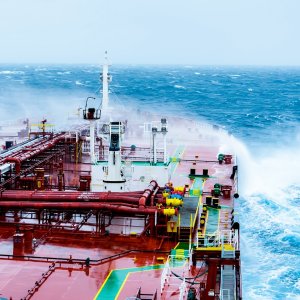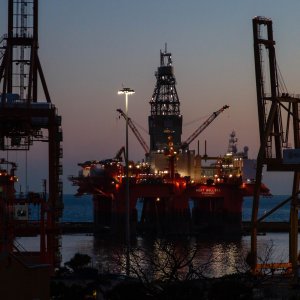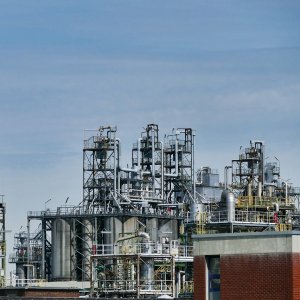Road to In-House Deepwater Technology Development
STORY INLINE POST
Óscar Valle Molina, Former Coordinator of the Deepwater R&D Program of the Mexican Petroleum Institute (IMP), states the need for PEMEX to develop capabilities to properly evaluate and qualify existing technologies, according to the risks present in Mexican deepwater. “Achieving such a task requires talent, tools, and a deep understanding of mathematic algorithms. Even when IMP started doing research on deepwater technology back in 1984, at a time when deepwater was as shallow as 200m, IMP’s mathematical tools were not sufficient. The institute realized that laboratories were needed to apply the math and the hefty research done to viable projects,” says Valle Molina.
Between 2006 and 2007, IMP proposed the creation of an R&D center with 12 laboratories to develop and assess technology. The initial name given to this initiative was the Offshore Technologies Center. Subsequently, PEMEX decided to get on board with this and the center’s focus was steered towards the deepwater segment. “Initial plans were made with PEMEX personnel in the Subdirectorate of Technology Management and with IMP’s people participating in the development of Lakach,” says Valle Molina. The idea eventually gave rise to the creation of the Deepwater Technology Center (CTAP) in Veracruz, a project with an initial investment of MX$800 million (US$61.7 million) and the objective to scale up different technologies for deepwater E&P operations. CTAP is intended to help IMP and PEMEX train specialized professionals and push R&D projects that help address the upcoming deepwater challenges. Some of the resources used to build the complex were supplied by IMP’s Research and Technological Development Fund. The acquisition of equipment for the center’s operations, on the other hand, will be financed by the CONACYT-SENER Hydrocarbon Fund. Valle Molina notes that the high level of investment will force the construction process to be divided into stages, where the first stage will include five laboratories and the second and third stages will consist of four laboratories apiece. The issues to be addressed in each laboratory and their order of construction were defined by PEMEX, based on its timeline of priorities concerning the evolution of the deepwater segment in Mexico. Valle Molina delves into PEMEX’s rationale behind the schematics of the center. “Drilling operations add up to around 40% of the costs of deepwater operations,” he explains. “Then we have to figure out which materials will work better with the corrosive characteristics of each type of hydrocarbon to be extracted from the different deepwater reservoirs. Finally, we have to characterize the seabed and the ocean’s behavior through our labs to better understand what infrastructure and production systems are better in each area.” Under this logic, CTAP’s structure will be comprised of three main divisions: Drilling, Risk and Equipment, and Systems. The activities within these divisions will be carried out throughout the laboratories in the center, which will undertake simultaneous research projects.
As of now, the laboratories announced by IMP will cover drilling fluids, well completion and maintenance, flow assurance, geotechnics and ground-structure interaction, numerical simulation of metocean and hydrodynamic phenomena, and technology assessment. The drilling fluids laboratory will analyze cementing materials that will minimize reservoir damage when constructing wells, develop and improve drilling fluids, and experiment with and evaluate drilling and well completion fluids under operating conditions similar to those in the Gulf of Mexico. The numerical simulation of metocean and hydrodynamic phenomena lab will develop technology to gain a deeper understanding of meteorological oceanographic occurrences and their interaction with deepwater activities. It will also be in charge of setting parameters for the design and operation of production systems, such as hydrodynamic models to evaluate floating systems and vortex-induced vibrations caused by oceanic currents in ducts and risers.
CTAP will use experimental simulators that mimic the behavior of floating systems, pipelines and risers. “The center will have a large tank, measuring 30m wide, 30m tall, and 15m deep, that can simulate tides, marine currents, and winds in order to replicate the conditions of an offshore environment. All of this is done through numeric parameters from the KRISO institute in Korea, later validated with our data,” explains Valle Molina. The flow assurance laboratory will also focus on problems associated with the blockage of wells. Valle Molina explains that the thermal clash of different materials in a pipe and external seawater temperatures at great depths forms paraffin, asphaltene, hydrates, and minerals that block the pipe. “In order to avoid these problems, the trajectory of the pipes has to be carefully planned,” he contests. The flow assurance laboratory will help specialists to predict and diagnose these problems in order to provide timely solutions. CTAP will also have a laboratory dedicated to technological assessment, which will evaluate equipment and processing systems through numeric simulations and experimental tests. “The Deepwater Technology Center will include this lab to carry out small-scale and real-scale testing before carrying out experiments in conditions similar to those of a real operating environment in deepwater,” says Valle Molina. “Conditions vary from country to country, so technologies that work flawlessly in one place are not guaranteed to work here,” Valle Molina adds.

